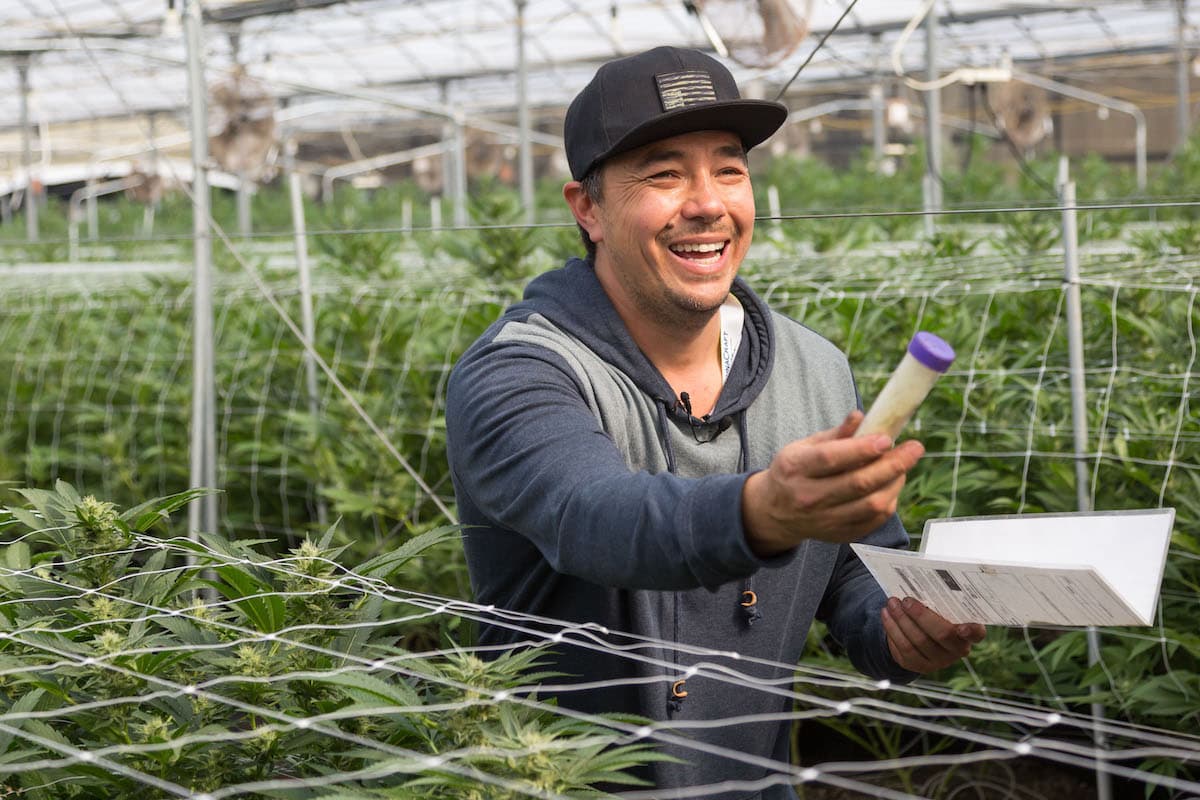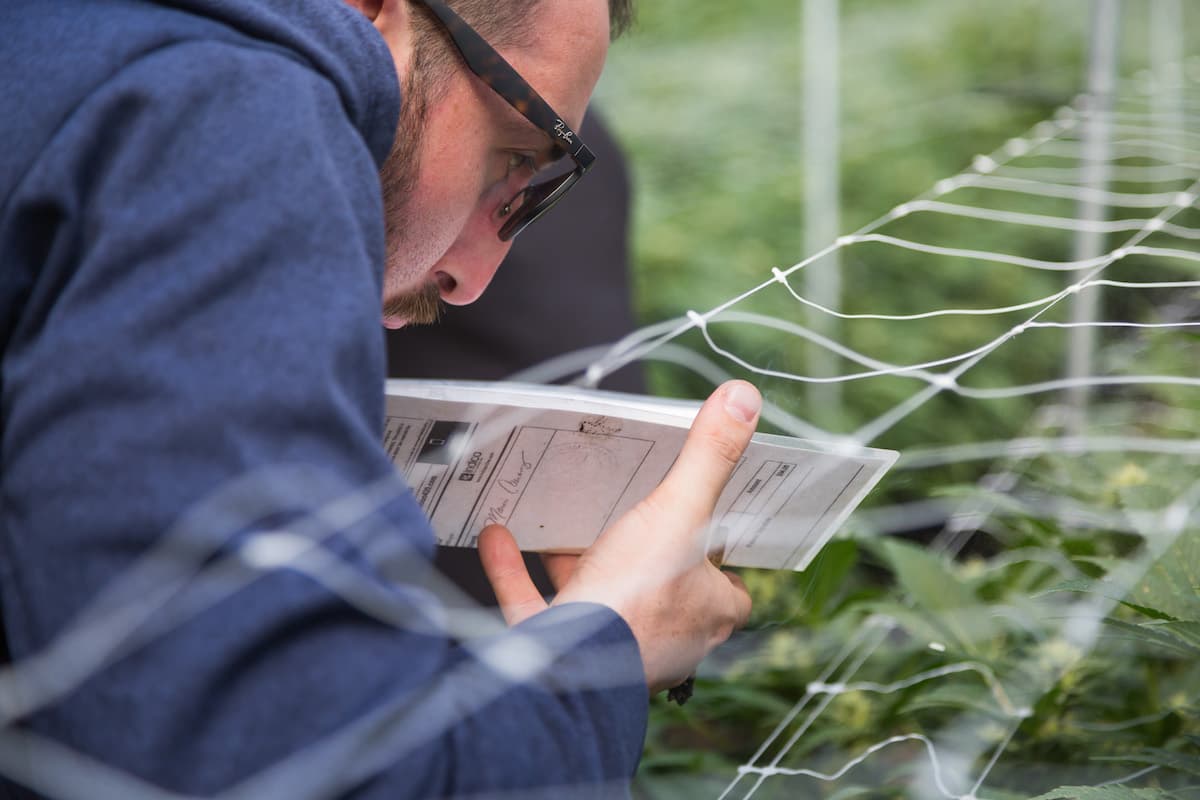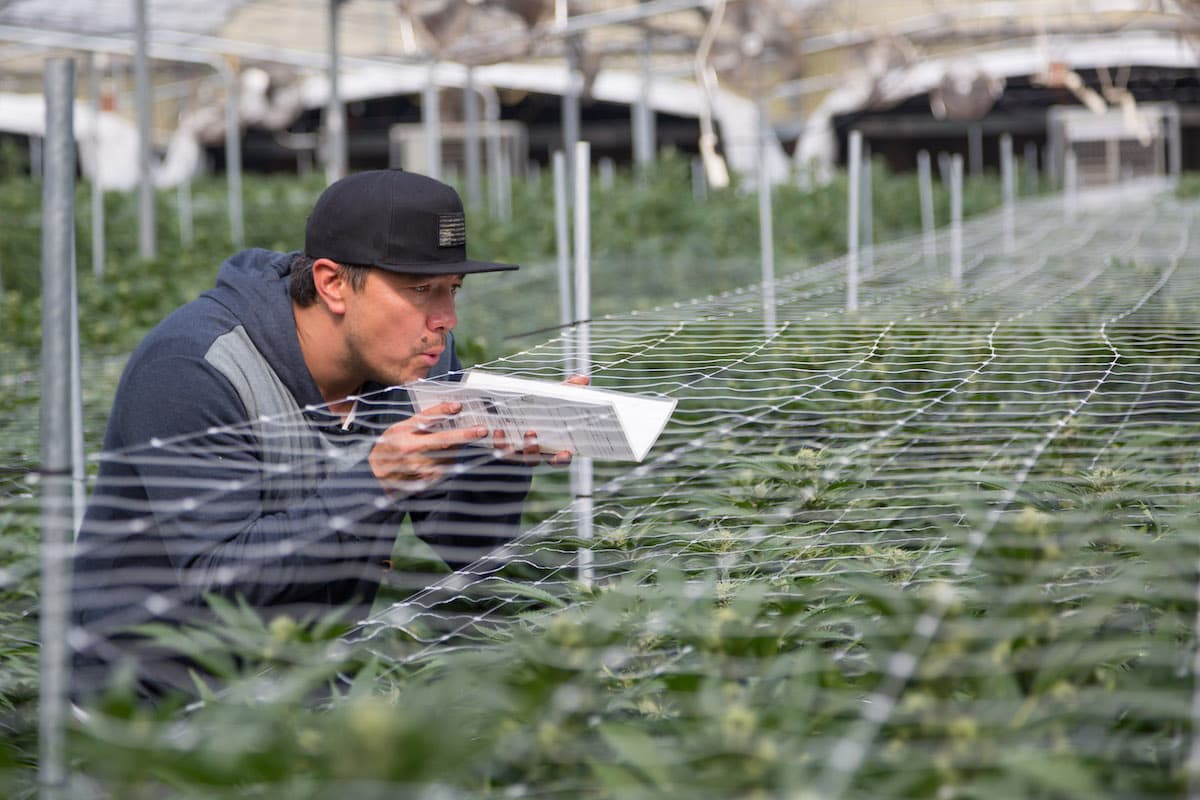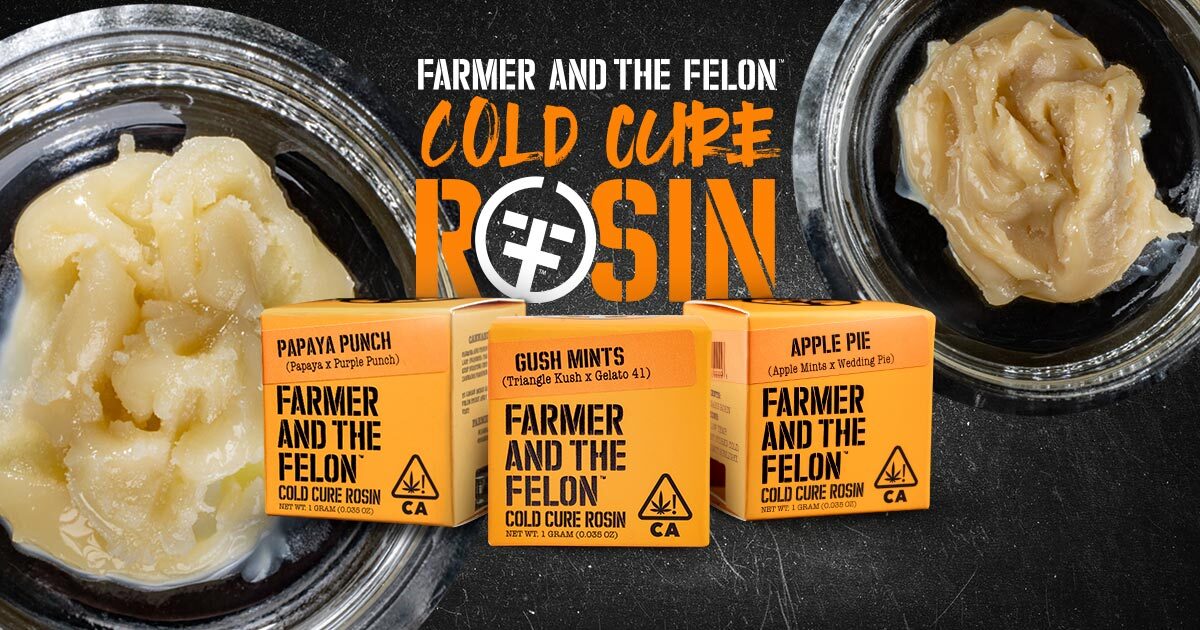By Dante Jordan
If you’ve ever wondered how new cannabis strains get made, then you’ve come to the right place. Because we’re about to get to the nitty gritty of breeding strains, pheno hunts, and why we have the thousands of cannabis hybrids that we all smoke today.
How are new cannabis strains made?
First thing to know about how new cannabis strains get made is that there are both male and female cannabis plants. Only female plants produce flowers (buds, nugs).
To create new genotypes i.e. strains, breeders need both male and female plants. The male plants are used to pollinate the female plants, and the seeds from the resulting plant are then grown to identify, and isolate, flower-producing females. Once breeders identify the female seeds, those are then grown into the different types of plants that can come from parent strains. These are called phenotypes.

What is a phenotype?
Phenotypes are the different physical expressions of a cannabis strain. For example, Gelato is a genotype of a cannabis plant; Gelato #25, Gelato #33, and Gelato #41 are all Gelato phenotypes. While they may have the same parent genetics, they all present different physical appearances, smells, tastes, potency, and effects.
Think about it like humans. A mother and a father can produce five different children, and while they each have the same genetics, they may all express variations in eye color, hair color, height, weight, and personality. Weed strains are the exact same way.
What is a pheno hunt?
A pheno hunt is a breeder’s search for the best expression of certain cannabis genetics. When breeders first make a new strain, the work is far from done. They then have to find which plant is the ideal version of the new hybrid. And once that happens, breeders then have to stabilize the genetics of that ideal phenotype to make sure its seeds consistently grow the same plant each and every time.

How do you know if genetics are stabilized?
Phenotypes are heterozygous, meaning they have different genes. Stabilizing a cannabis strain means making its seeds homozygous, where they all produce the same plant. This is called breeding true. You know genetics are stabilized, and a cannabis phenotype is breeding true, when you get the same result each and every time you pop a seed and grow a plant.
Though stabilization through selective breeding can occur naturally over time, breeders usually catalyze the process through hybridization and backcrossing.

What are F1 and F2 hybrids? IBLs? BXs?
There are many different types of cannabis strain hybrids. You’ve got F1, F2s, IBLs, and BXs.
F1 Hybrids
Filial 1 (F1) hybrids are first generation hybrids, or offspring. That means they are the first children of a new set of cannabis genetics. For example, when breeders first created Gelato, they crossed a Sunset Sherbert plant with a Thin Mint GSC plant. The first seeds to come from this cross were F1 hybrids, i.e Gelato phenotypes.
F2 Hybrids
Filial 2 (F2) hybrids are second generation hybrids. They’re the result of crossing two phenotypes (F1 hybrids) with each other. So if you cross two Gelato phenotypes from the same parents, you get a Gelato F2. It’s a breeding process that can repeat up until F5, after which the plants are classified as IBL (inbred line).
Backcrosses
BX means backcross. If you use Sunset Sherbert and Thin Mint GSC to produce Gelato, then cross that Gelato with one of the parents or itself, the final result is known as a Gelato BX.
By inbreeding new hybrids over generations, the children become more likely to pass on the breeder’s desired traits to the next generation of seeds/plants.

What is a clone-only cannabis strain?
Cuttings of a mother plant are called clones. Clone-only strains are strains that only exist in living plant form, not seeds. Because female plants don’t produce seeds, and clones are always female, you’re in a predicament without a male plant to breed with and stabilize the line. If a breeder finds a perfect mother, oftentimes a clone will be made to preserve her genetics.
Clone-only strains are usually chosen for their individual smell, flavor, potency, etc. Many of the true OG strains from way back only exist as clones today, or not at all.

How new strains get named?
Breeders usually name their new creations after a combination of look, flavor, and genetics. That’s how you get Lemon Skunk, a citrus-forward cross of two Skunk phenos. Most names are free game, but there are laws and regulations that sometimes apply, such as to prohibit trademark infringement and appealing to minors. This is why, for example, Girl Scout Cookies is now GSC, Gorilla Glue #4 is now Original Glue, and Fruity Pebbles OG is now FPOG.

